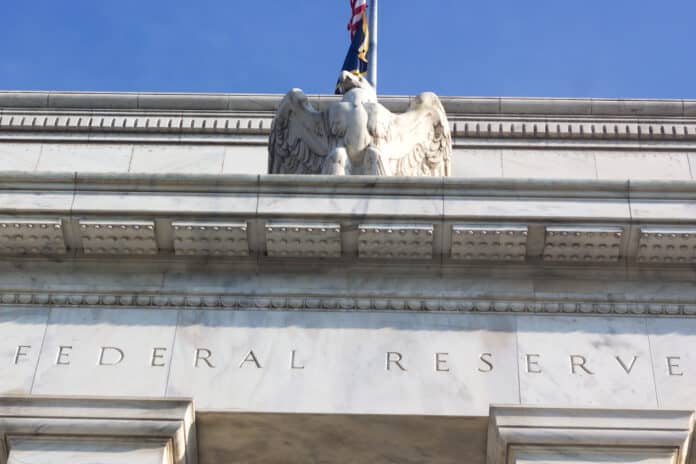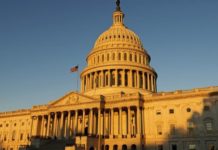
The Federal Reserve has appropriately focused on a single objective for a year and a half: getting inflation down. While the war isn’t won, and I fear the hardest battles may be ahead, it is necessary to think about what victory would entail. In the short run, the Fed should be aiming to stabilize inflation below 3%. If it can achieve this goal, then it should shift to a higher target range for inflation when it updates its overall strategy around 2025.
If the Fed were adopting an inflation target from scratch, it would likely choose a target above 2%. A higher target inflation rate has costs, especially the time and attention people spend trying to account for how much their current dollars will be worth in a year or 10. But a higher target also has the benefit of helping cushion the economy against severe recessions. When the economy slows, higher inflation means that price hikes and wage freezes can become a less unpalatable alternative to widespread layoffs for business looking to cut costs. Higher inflation also helps the Fed stimulate investment, because any given nominal borrowing cost becomes less onerous when businesses can count on future price increases to meet it.
In 1996 the Fed decided that these costs and benefits were best balanced at a 2% inflation rate after a discussion between Chairman Alan Greenspan and Gov. Janet Yellen. At the time the interest rate on 10-year Treasurys was around 6% and the federal-funds rate had never been cut to zero. Today the 10-year Treasury yield is around 4%, and we have spent nearly half of the past 20 years with interest rates at the zero lower bound.
Though a recession and zero interest rates may feel like a remote prospect at the moment, an inflation target should be based on longer-run considerations. And whatever considerations led policy makers to conclude that 2% was the right number in the 1990s would lead them to consider something higher, like 3%, today to give the Fed more scope to cut interest rates and thereby stimulate the economy.
The Fed, however, isn’t starting from scratch. The 2% inflation target, which was formalized in 2012 and has been reiterated innumerable times, has had some real benefits. People expected inflation around 2%, and for the most part that’s what they got. If inflation expectations hadn’t been so well anchored, the disinflation over the past year would have been much more painful.
Shifting to a higher inflation target in a manner that wasn’t credible could disrupt these expectations, leading to soaring inflation premiums for borrowers, driving up government’s deficits, and reducing private investment. These concerns aren’t a reason to forgo a higher inflation target but instead should be an impetus for managing the transition in a credible manner.
There are two prerequisites for a successful transition. The first is to make clear that the Fed isn’t raising the inflation target merely to avoid the pain of getting inflation down. If this is the reason for a higher inflation target, it would be too easy to apply the process of backward induction to predict even more target increases in the future for the same reason.
The second prerequisite is that if the Fed raises the inflation target, it needs to stick with it. It wouldn’t work to announce, say, a new target range for inflation of 2% to 3% and end up with 3.5% inflation. It would threaten the Fed’s credibility.
That’s why it is imperative that the Fed continue to focus on lowering inflation now. For a future inflation target to be credible, it is serious about controlling inflation. It shouldn’t stop until the annual rate of inflation is running below 3% for at least six months. This could be harder than it seems: The disinflation to date has mostly been the result of good luck, as energy price increases have reversed.
If the Fed sticks to its target, then it would be well positioned to shift to something like an explicit 2% to 3% target range for inflation when it reviews its policies around 2025. Several other major central banks already use a 1% to 3% range for inflation, and Australia has done fine with a 2% to 3% range.
The Fed’s new framework in 2025 should also explicitly place more weight on the inflation half of its mandate—specifically that it interprets its employment mandate based on the inflationary consequences of different unemployment rates. All this would be re-evaluated again around 2030 based on the continually changing economy and the impact of this policy shift.
The more successful the Fed is in fighting inflation now, the more room it will have to make the right long-term moves for the U.S. economy. It is time for the Fed to start making a hawkish pivot to a higher inflation target.
Mr. Furman, a professor of the practice of economic policy at Harvard, was chairman of the White House Council of Economic Advisers, 2013-17.






